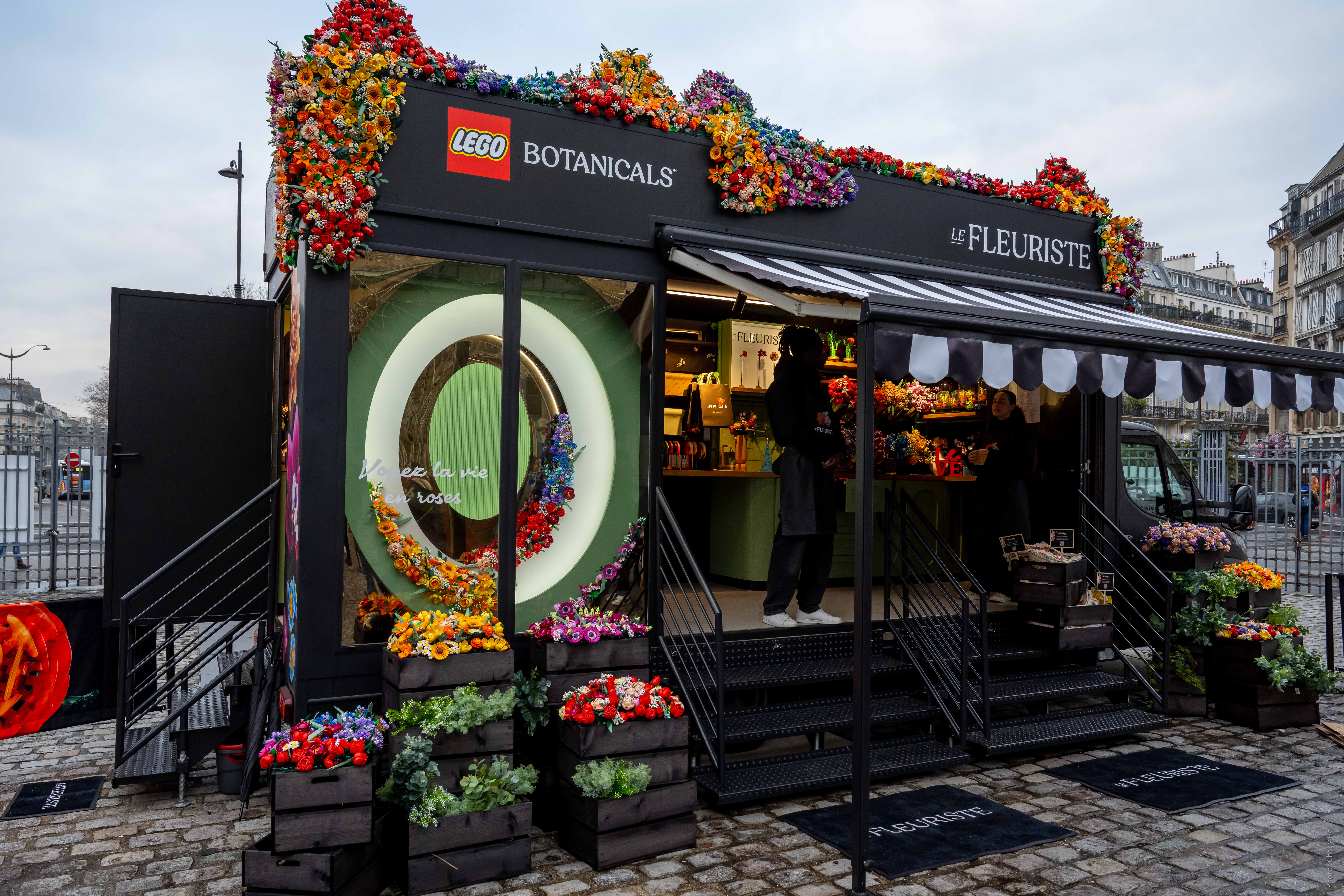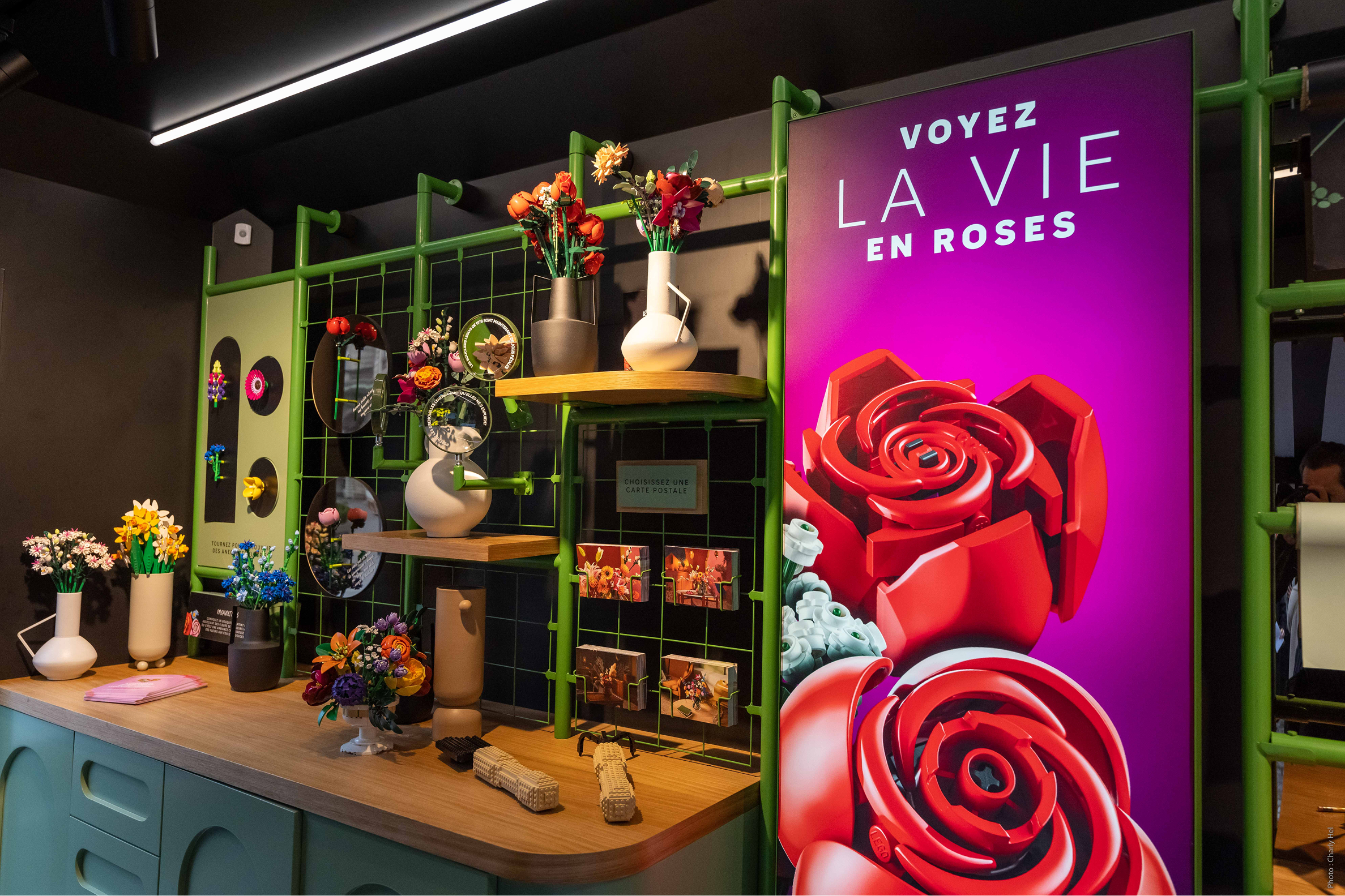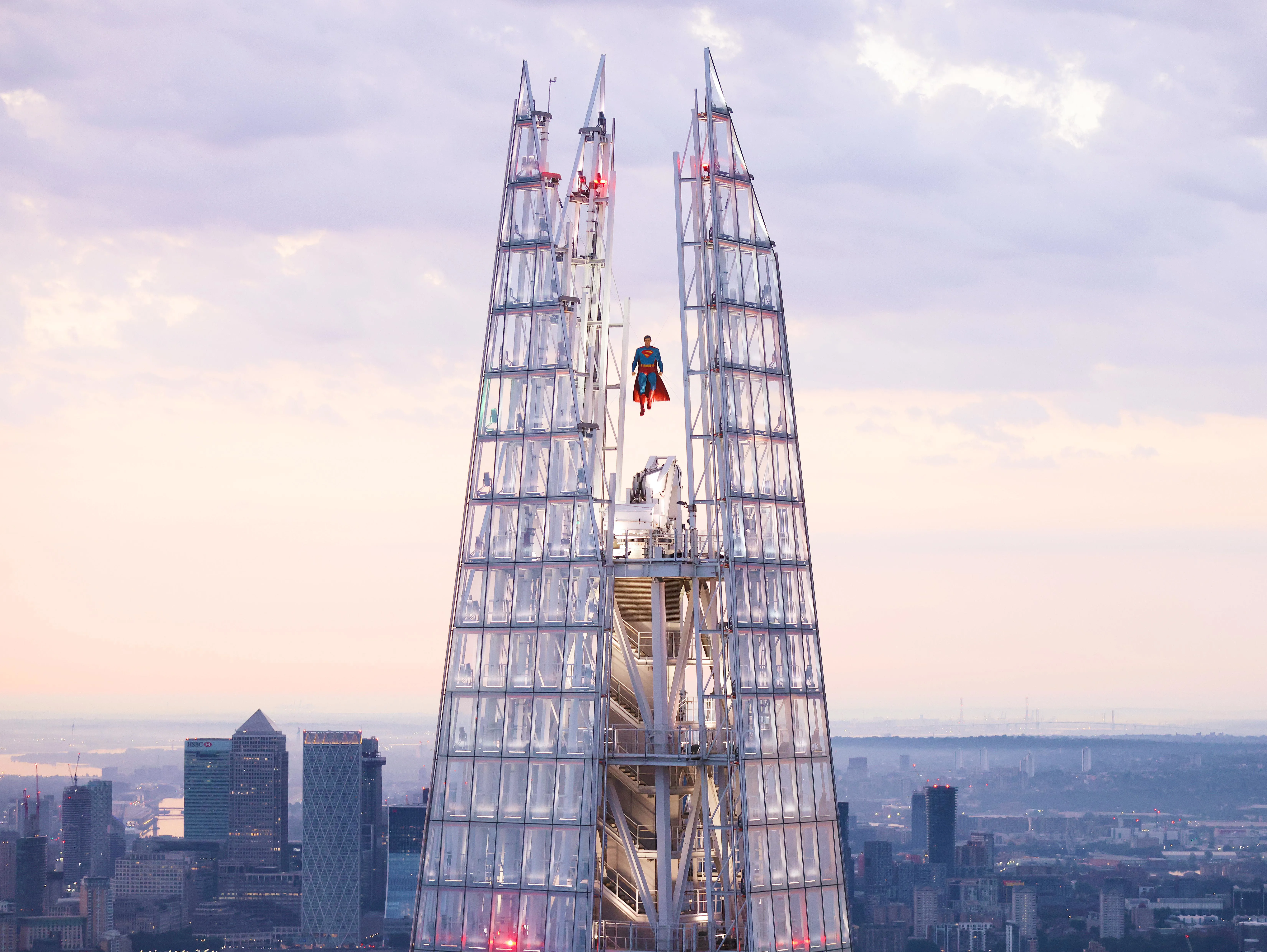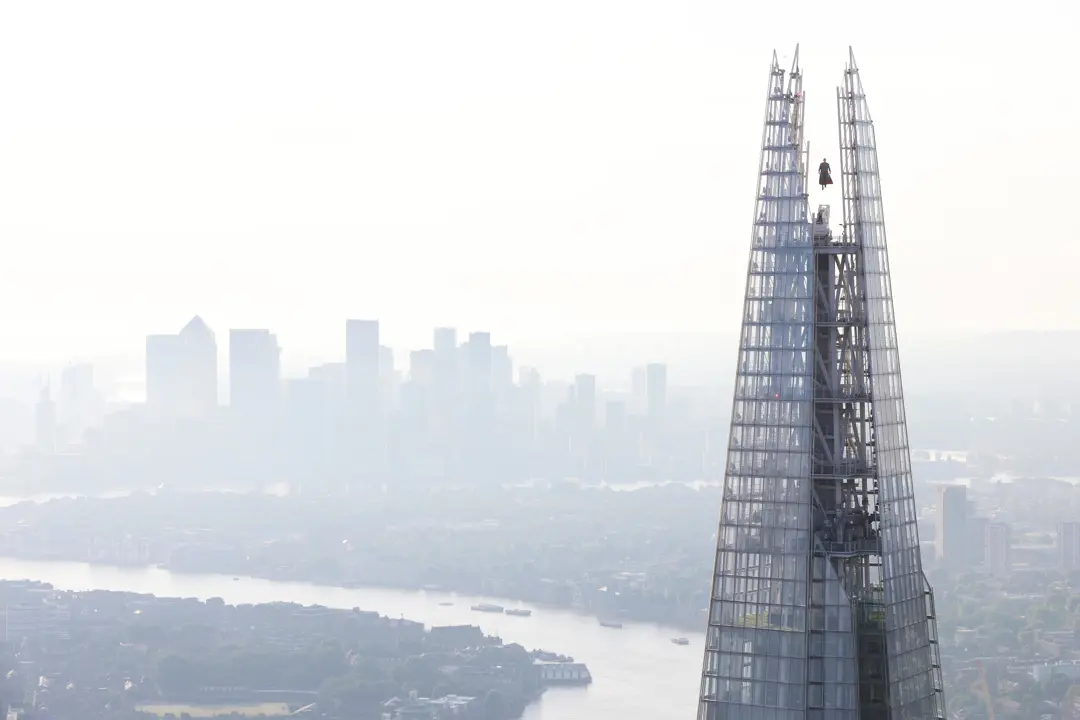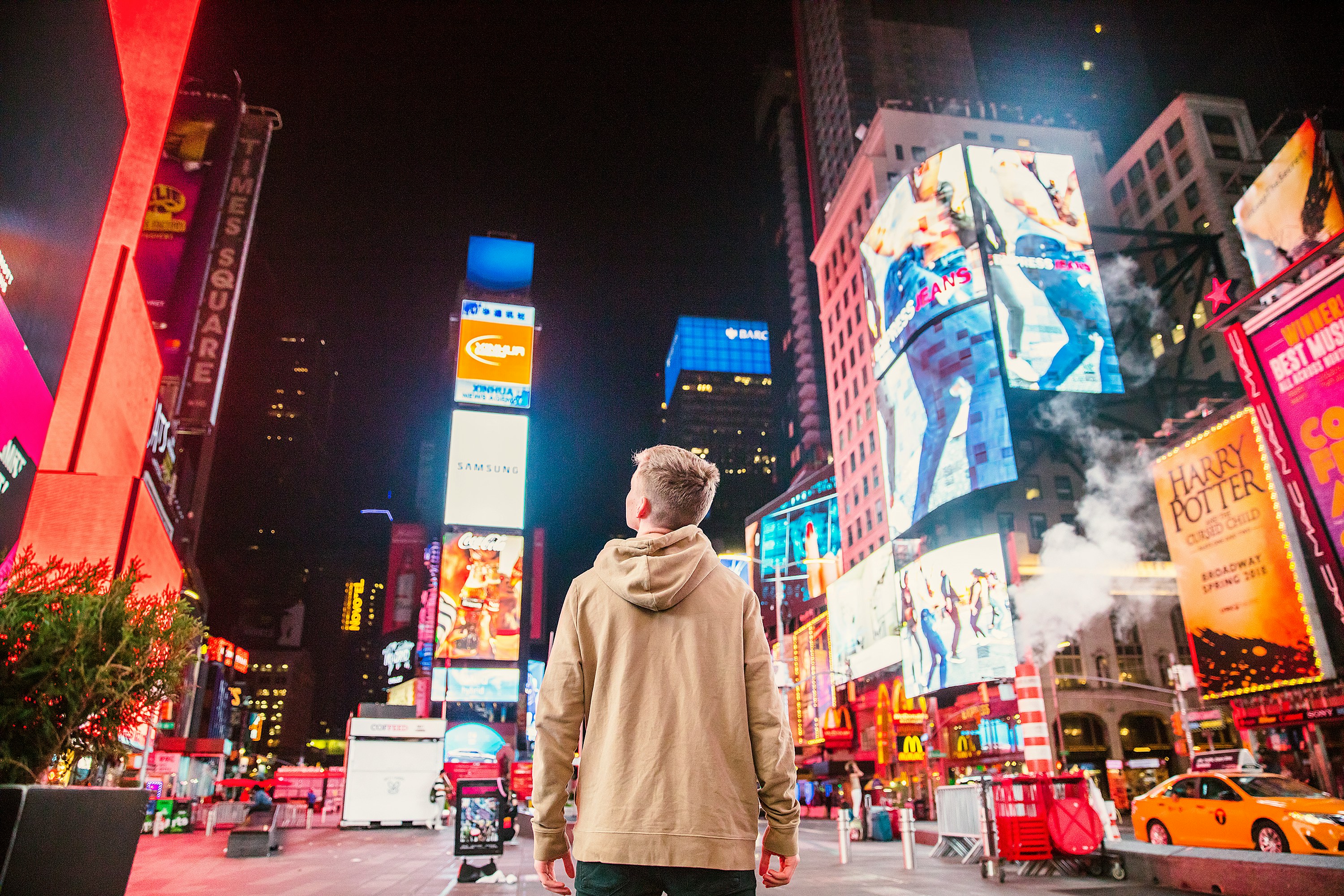
In marketing circles, few terms are being bandied about as freely as “brand experience” right now (although I’d argue "immersive" is one). This, as you can imagine, is very frustrating for those of us who actually make brand experiences. Nowadays – as more companies branch out into experiences, realising the value of making in-person moments that matter – it’s become a catch-all term for everything from stunts to social activations, from pop-ups to product launches.
That’s not what brand experience is.
At a recent speaker event, billed as a deep dive into brand experience, several panellists ended up describing adverts, stunts, and products instead. Each talked enthusiastically about the ripple effects their work created – the experiences that led from these things – but… that’s not the point? And yet no one on the panel corrected or questioned them. I was left a bit speechless (which was fine as I wasn’t part of the panel).
So, let’s clear this up once and for all: what is brand experience – and why do proper definitions matter?
What brand experience is – and isn’t
Getting the terminology right isn’t about semantics, it’s about purpose. Clear definitions help agencies and clients align on what they’re trying to achieve and why. They make ROI measurable, impact traceable, and expectations realistic. Without that clarity, creative work risks being misjudged, mis-sold, and misunderstood.
So what is a brand experience, really?
Brand experience: a live, real-world interaction designed to help people engage meaningfully and memorably with a brand. It’s participation, not observation. Example: our LEGO Botanicals Le Florist truck. A mobile LEGO florist truck which travelled around Europe setting up workshops where visitors could make their own flowers.
Brand stunt: a one-off marketing move designed to grab attention and generate buzz, often with minimal audience interaction. Example: Superman flying above The Shard in London in July of this year, to advertise DC's new James Gunn Superman movie.
Advert: a controlled message broadcast to an audience. No participation, just exposure. Example: Bright and beautiful street billboards (or dull and boring billboards – they still count).
Product: something people buy into through money, membership, or status. It may be experiential, but it’s rooted in the business model, not the brand narrative. Example: Delta Sky Club – private airport lounges by Delta Air Lines for premium passengers and members. It is an experience but as part of a product, not a marketing campaign.
Blurred lines, bigger risks
In recent years, agencies have increasingly blurred these definitions, sometimes through misunderstanding, sometimes to expand their offerings. That ambiguity might win short-term attention, but it dilutes long-term credibility. When a ‘brand experience’ turns out to be an advert in disguise, both clients and consumers lose trust.
Proper brand experiences are built on participation, not observation. They invite people to step into the brand world and interact. There is a consumer journey; a carefully created narrative that invites active engagement. Visitors feel as if they have contributed – something increasingly important in an age of scepticism. They don’t want to be told something, they want to test it out for themselves. This creates something real: a moment of connection, freedom, or escape from the everyday.
As consumers demand more authenticity and emotional resonance, understanding these distinctions isn’t optional; it’s essential. Brand experiences deserve clarity, and consumers deserve better than blurred lines and borrowed language.




